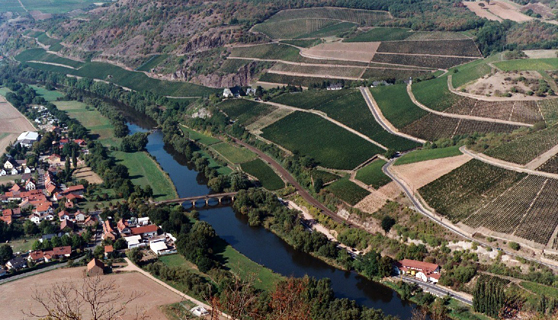In the countryside, no one much cared what you were doing in your kitchen, but in the towns, where people and houses were tight together, fire was always a real issue.
Because the cooking fires in the earlier period were wood (coal came in a bit later, generally speaking), and they didn't want to waste time and more wood in the morning getting the fire back in cooking shape again, they would bank the fire so they could star up again in the morning.
To avoid fires that could destroy a town of wooden buildings, the local town authorities would send men around ringing a bell (or ringing the local church bell if the town was big enough to have one) and checking that the fires had been not only banked but covered, usually with a crockery lid with holes in it or a one sided metal cover. The first statutes were proclaimed immediately after 1066 by William the Conqueror.
 .
. The bells rang at 8:00 pm (in the 11th century, anyway) and signaled the time the inhabitants should covre-feu or cover their fires. The term made it into middle English as 'curfeu' and eventually curfew, and eventually had a broadened meaning referring to any time dictated ban on activity, particularly being out on the streets after a certain time, potentially causing mischief. Things are complicated in regards to terminology as a curfew bell was used to refer to both the bell rung to signal the time to cover your fire as well as the bell shaped cover you put over the fire.
And that's it for today's food trivia. For a previous example of this sort of thing, see my post on turn spits at
viewtopic.php?f=5&t=60608&p=467095&hilit=spit+jack#p467095

